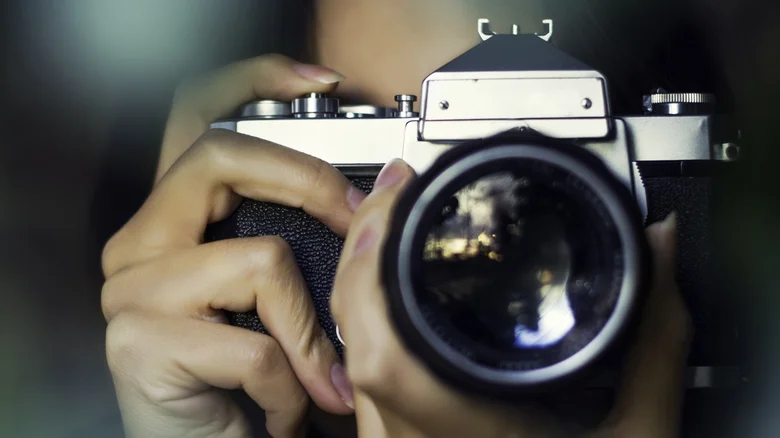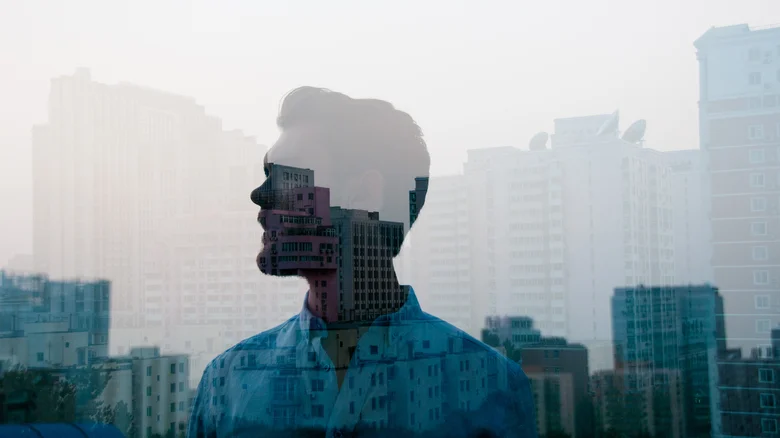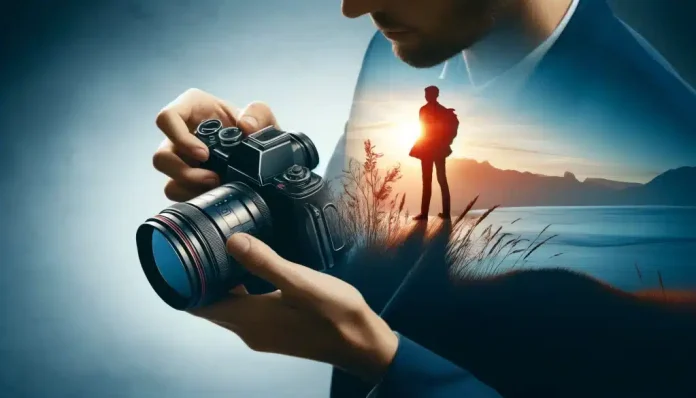In the 2020s, digital photography reigns supreme. With a good smartphone and some basic photography tips, capturing stunning images has never been easier. However, despite the prominence of digital, film photography has not vanished. Though it’s not as dominant as it once was, film photography still holds appeal for its rich colors, unique textures, and a distinct visual style that digital cameras and smartphones can’t quite replicate.
If you’re interested in film photography, particularly in exploring the realm of double exposure with a 35mm camera, here’s what you need to know. Film photography offers a tangible quality that many find irresistible, and double exposure—where two images are superimposed on a single frame—can create fascinating and artistic results.
Getting Started with 35mm Double Exposure Photography

Double exposure photography involves exposing the same section of film to light twice. When you take a photo, the camera’s shutter opens, light passes through the aperture, and the film captures an image. To achieve a double exposure, you need to repeat this process on the same film frame, which results in two images blending together.
Here’s a step-by-step guide to creating double exposure shots with a 35mm camera:
- Load Your Film: Insert your roll of 35mm film into your camera as you normally would.
- Capture the First Set of Shots: Begin by taking photographs of your first subject. It’s often easiest to use up the entire roll of film for this step. Alternatively, you can mark the film to ensure the second set of exposures aligns properly with the first.
- Rewind the Film: After you’ve finished your first set of shots, rewind the film slightly without fully returning it to the canister. This allows you to take the second set of photos on the same strip of film.
- Take the Second Set of Shots: Proceed to take your second set of photos. This will create the double exposure effect where the second image is layered over the first.
If your camera features an advance lever and rewind button, you can use the rewind button to return to the previous frame before taking the second set of shots, which may help in aligning your exposures.
Tips for Successful Double Exposure Photography

Double exposure photography allows for a high degree of creativity, but some technical considerations can help you get the best results:
- Choose the Right Film: For beginners, black and white film is a safe choice as it handles overexposure well and produces high-quality images. If you prefer color film, underexposing your shots can help preserve shadow details and manage highlights, which may be washed out by the second exposure. For instance, if you’re using ISO 400 film, setting your camera to ISO 800 can achieve this effect.
- Consider Exposure Settings: The amount of light entering your camera—known as exposure—affects how your double exposure images turn out. Adjust your camera’s settings to manage light exposure and ensure your two subjects blend effectively.
- Experiment and Practice: Mastering double exposure photography with a 35mm camera involves experimentation. Don’t be afraid to try different techniques and settings to discover what works best for your artistic vision.
While double exposure photography with a 35mm camera is straightforward in concept, achieving mastery requires practice and experimentation. With a bit of trial and error, you’ll likely produce stunning and unique images that showcase your creativity and skill.


